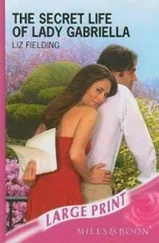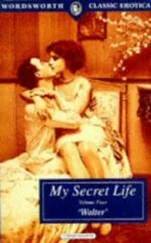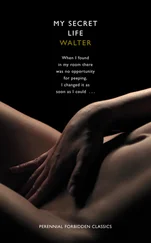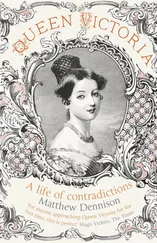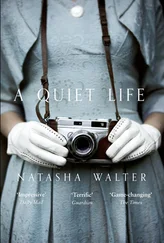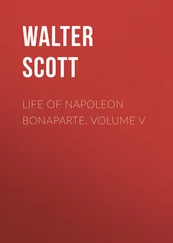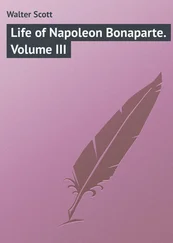It was hoped that George Moore might write a preface to the exhibition catalogue, but at the last moment the arrangement fell through. 53 Sickert dashed off a piece in his stead, commencing with a feisty attack on William Morris and the so-called decorative painting of the Pre-Raphaelite school – characterized by its ‘absence of convincing light and shade, of modelling, of aerial perspective, of sound drawing, of animation, of expression’. He insisted that what really mattered in painting was ‘that subtle attribute which painters call quality’; he dragged in the familiar names, and he ended with his most considered – and personal – definition of ‘Impressionism’:
Essentially and firstly, it is not realism. It has no wish to record any thing merely because it exists. It is not occupied in a struggle to make intensely real and solid the sordid or superficial details of the subjects it selects. It accepts, as the aim of the picture, what Edgar Allan Poe asserts to be the sole legitimate province of the poem, beauty. In its search through visible nature for the elements for this same beauty, it does not admit the narrow interpretation of the word ‘Nature’ which would stop short outside the four-mile radius [enclosing metropolitan London]. It is, on the contrary, strong in the belief that for those who live in the most wonderful and complex city in the world, the most fruitful course of study lies in a persistent effort to render the magic and the poetry which they daily see around them, by means which they believe are offered to the student in all their perfection, not so much on the canvases that yearly line our official and unofficial shows of competitive painting, as on the walls of the National Gallery. 54
The exhibition opened on 30 November 1889 to considerable critical and public interest. It achieved an almost immediate notoriety. Some fifty reviews were published, and by the end of the week the gallery was not merely crowded but ‘absolutely blocked’. 55 There were sixty-nine pictures on view, of which Sickert had contributed just four. * What the crowds made of it is uncertain. Of the critics, Moore, Baldry, the Pennells, and Frederick Wedmore rallied, of course, to the standard and lavished a great deal of generous praise on Sickert’s music-hall pictures. 56 But other voices prevailed. The vast majority of reviewers were either hostile or nonplussed. They complained of the paint-work and despaired at ‘the sheer unmitigated ugliness’ of the predominantly urban subject matter. 57
Sickert’s attempts to dissolve ‘Impressionism’ back into the whole history of art were ignored by his allies and condemned by his enemies in the press. The claim of kinship with Velázquez was treated as presumptuous nonsense. 58 Whatever their stamp, the critics, having only recently gained an outline knowledge of French Impressionism, were only too anxious to display it. The London Impressionists were ranged under the banners of their supposed masters. The influence of Monet’s technique was noted on the works of Steer, Thomson, and Bernhard Sickert. The debt owed by Roussel and Maitland to Whistler was too obvious to escape comment, while Sickert – along with Starr – was characterized as an imitator of Degas. 59
It was an outcome that Sickert had sought to avoid. But if it undermined the group’s aspirations towards originality it did not vitiate the impact of the show, or its influence. In the New Year, the Glasgow Institute of Fine Arts’ annual exhibition devoted a special section to the work of the ‘London Impressionists’, along with what one critic described as ‘the contributions of certain Scottish painters … whose aims are fresh enough – may one say eccentric enough? – to bear comparison with these’. 60 Sickert felt able to commend Thomson for striking ‘the timeliest and most effective blow’ yet in favour of the Impressionist cause. 61
* One day Sickert was disturbed at his easel by Moore bursting in and declaring: ‘I have been reading a life of Michael Angelo, and it seems that the David was carved out of a piece of marble that had been improperly quarried. I could no more have carved the David out of a piece of marble that had been improperly quarried than I could have flown!’ (RE, 97) He also called upon Sickert for help with the great question of how to keep his trousers up. When Sickert patiently explained to him the proper use of braces, he was dumbfound at the revelation. And on another occasion he dragged Sickert and Steer from their studios to take them on an excursion to Peckham Rye, because he had determined that the heroine of the story he was working on should come from there – and he had never visited the place (ML, 26).
* Sickert also cherished hopes of George Bernard Shaw, who was then acting as art critic for the newly established Liberal evening-paper The Star . He recognized him as ‘a critic who knows an artistic hawk from the hernshaw of commerce’. Shaw’s tenure of the post, however, was brief, and his independence of spirit not readily susceptible to direction. Sickert soon dubbed him ‘George Bernard Cock-sure’ (WS to Lady Eden).
* Steer, Bate, Brown, and Roussel were all on the selection committee. Whistler, too, had been elected to it, though it is not known whether he served ( Comus , 1 January 1889).
* Lord Halsbury was one of very few criminal lawyers to become Lord Chancellor. As Hardinge Giffard, QC – before his ennoblement – he had been a leading counsel in the Tichborne case, a fact that would surely have interested Sickert, and perhaps even accounts for their connection.
* The American novelist Gertrude Atherton recalled meeting them there in the late 1880s, when Whistler ‘monopolized the conversation at table’ with brilliantly witty denunciations of all the other leading artists of the day: Burne-Jones, Millais, Leighton, Watts, and Alma-Tadema.
†‘She is returning to Watteau’s cellar.’
* Sickert retained fond memories of Heatherley’s. When he came to fill in his Who’s Who entry in 1897, for the inaugural 1898 edition, in a deliberate snub to both the Slade and to Whistler he listed it as the sole seat of his ‘education’.
* Little Dot Hetherington at the Bedford Music Hall, The Oxford Music Hall, The PS Wings in the OP Mirror , and Twilight [‘The Butcher’s Shop’]; a fifth picture, Trefolium , though listed in the catalogue, was not mentioned by any of the critics and seems not to have been hung.
IV UNFASHIONABLE PORTRAITURE
Mr Walter Sickert, if not agreeable, is striking.
(Frederick Wedmore, in The Academy )
Even at the moment of establishing himself as the prophet of a new movement – as the leader of the London Impressionists and painter-inordinary to the modern music hall – Sickert was beginning to look in new directions, and towards different subjects. There was, more than likely, an economic imperative behind this shift. Aged thirty, and after six years of regular exhibiting as well as considerable publicity, Sickert was still struggling. His art earnings remained minimal. 1 His complex music-hall compositions were time consuming to produce, while their radical subject matter made them all but impossible to sell. For Ellen, the expense of funding both Sickert and Broadhurst Gardens was beginning to tell. Change became necessary on all fronts. It was decided to let the Hampstead house. With Ellen often ill and in need of sea air, and Sickert drawn increasingly back to Chelsea where Steer and most of the other London Impressionists lived, 54 Broadhurst Gardens had come to seem overlarge and underused. A tenant was soon found, and as an immediate step Ellen and Sickert moved back to the Sickert family home at Pembroke Gardens. 2 Although the removal from Hampstead may have been conceived as a temporary measure, they would never return. Indeed they would never live together again under a roof that was unequivocally their own.
Читать дальше



